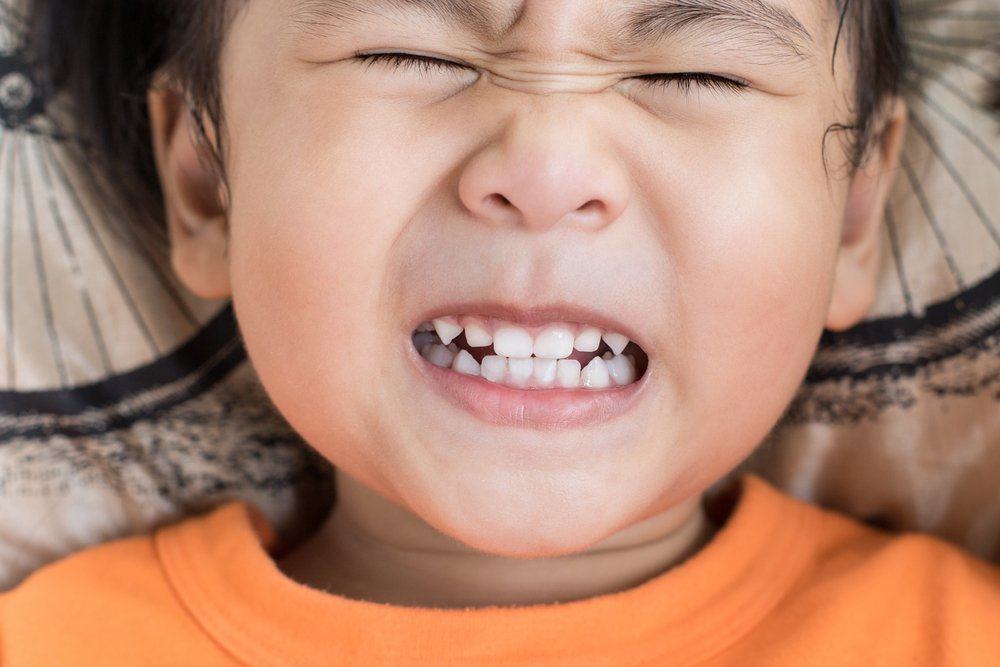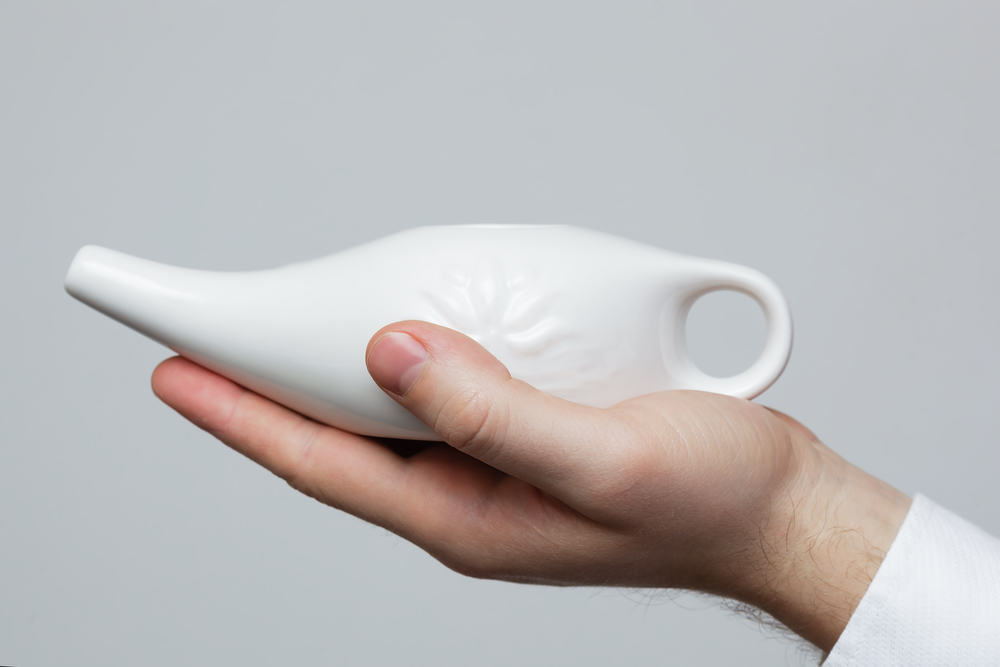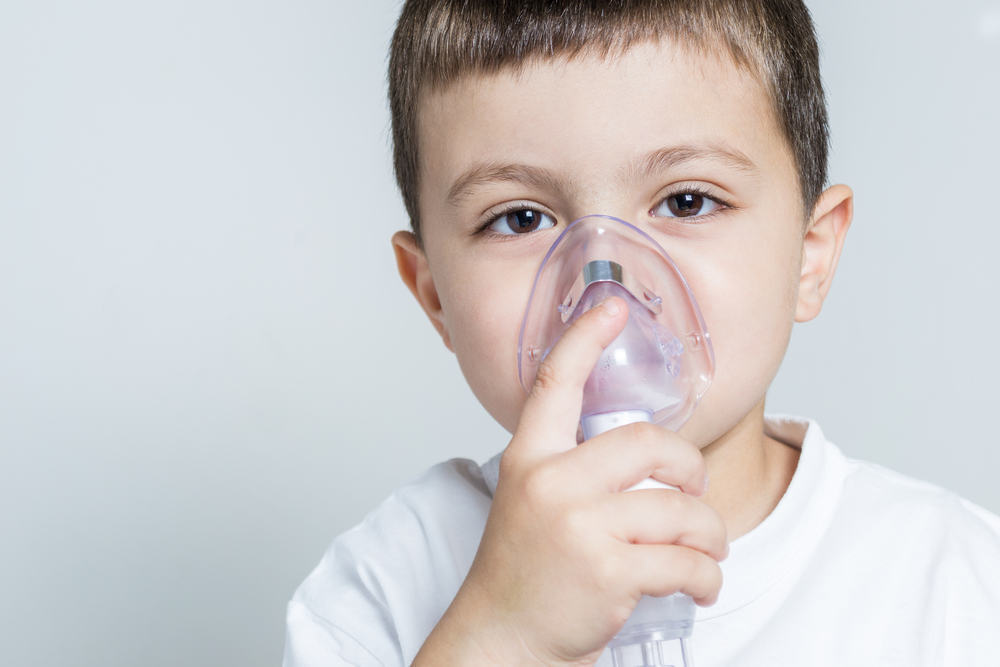Contents:
- Medical Video: How Teeth Grow
- Types of teeth
- Baby teeth growth
- 5 months old
- 6 months of age
- 7 months of age
- Ages 9-16 months
- Child's teeth growth
- 14 months old
- 18 months of age
- Age of 24 months
- 2-3 years
- 4 years
- How come my child hasn't had teeth?
Medical Video: How Teeth Grow
Did you know that the baby's teeth have actually grown since the womb? Only his teeth haven't appeared. Therefore, the calcium needs of pregnant women are increased to support the growth of teeth and bones in the womb. Yes, teeth contain a lot of calcium, almost all of them. Then, when the baby has entered the age of a few months after birth, the baby's teeth will appear. To find out teeth growth from babies to children, see the following reviews.
Types of teeth
Before knowing the stages of baby's teeth growth, it's a good idea to recognize the types of teeth.
- Incisors, namely the front teeth in the upper and lower jaws. Usually the upper and lower incisors appear at the same time. This tooth serves to bite food.
- Canine tooth, ie teeth with sharp edges and flanking incisors in the upper and lower jaws. Canine teeth function to cut food.
- Front molars, This tooth serves to destroy food.
- Rear molars, This tooth also serves to destroy food and has a larger size than the front molars.
READ ALSO: Breastfeeding turns out to be beneficial for children's dental health
Baby teeth growth
Baby teeth appear at varying ages between babies. There are babies whose teeth have appeared at an early age and there are also babies who experience late growth of teeth. Although different, baby teeth growth generally takes place at almost the same age.
The following are the stages of tooth growth when a baby.
5 months old
Most babies start teething at this age. However, some babies may start teething at an earlier age, which is 4 months, or some also have slower tooth growth, at the age of 6 or 7 months. At this time, new baby teeth are starting to appear, your baby's gums may swell and be reddish.
6 months of age
At the age of 6 months or around 5-7 months, baby's first tooth has begun to appear. Usually the first tooth that appears is two front incisors in the lower jaw. These two teeth can appear together. When the baby's teeth appear, you can clean the baby's teeth by wiping it with a clean cloth after the baby suckles.
7 months of age
Furthermore, at the age of 7 months, two front incisors in the maxilla appear. Most babies may experience this teething around the age of 6-8 months. At this age, babies can be fed solid food.
Ages 9-16 months
The next tooth that will appear is the teeth next to the upper front incisors, then the teeth next to the lower incisors follow. Usually the teeth appear paired up and down, two on the right and two on the left.
Child's teeth growth
14 months old
At this age, the first molars begin to appear on the lower jaw and upper jaw at the same time. However, some babies have molars at 12 months of age and some have only appeared at the age of 15 months.
READ ALSO: Notice, Here Are 10 Signs of Your Baby's Tooth Wants to Grow
18 months of age
Canines begin to appear at this age, both upper canines and lower canines. The appearance of canines may vary between children, ranging in age from 16 months to 22 months.
Age of 24 months
At the age of 24 months, the second molars on the back of the lower jaw have begun to appear. Then it follows that the second molars in the maxilla begin to appear at the age of 26 months. This tooth growth varies, some are slower or faster, between the ages of 20-33 months.
2-3 years
At the age of two to three years, children already have a total of 20 teeth, 10 teeth each in the maxilla and lower jaw. These teeth are known as milk teeth or baby teeth. This complete milk tooth arrangement will last until the age of the child is around 6 or 7 years.
4 years
At the age of 4 years, the child's jaw and facial bones will begin to grow, giving space between the milk teeth. This space gives the opportunity for adult teeth or larger permanent teeth to grow. Children's teeth usually start at the age 6 or 7 years, then replaced by permanent teeth. On 6-12 years old, usually the child has milk teeth and teeth remain in his mouth.
When children begin to have permanent teeth, teach children to brush their teeth regularly twice a day. This is so that children always maintain the cleanliness of their teeth, so as to avoid tooth decay. Remember, your teeth will never be replaced for life.
How come my child hasn't had teeth?
You do not need to worry if your child's teeth growth is not the same as other children, this is normal. All you need to remember is that around 4 children's teeth will appear every 6 months of your child's age. Usually also, tooth growth occurs more quickly in girls than boys.
You may need to worry if your child's teeth do not show signs of appearing at the age of 1 year. When your child experiences this, you should immediately consult a dentist. Although, some children may experience a delay in tooth growth and can still catch up with the delay without problems.
READ ALSO: 3 Ways to Prevent Cavities in Children












